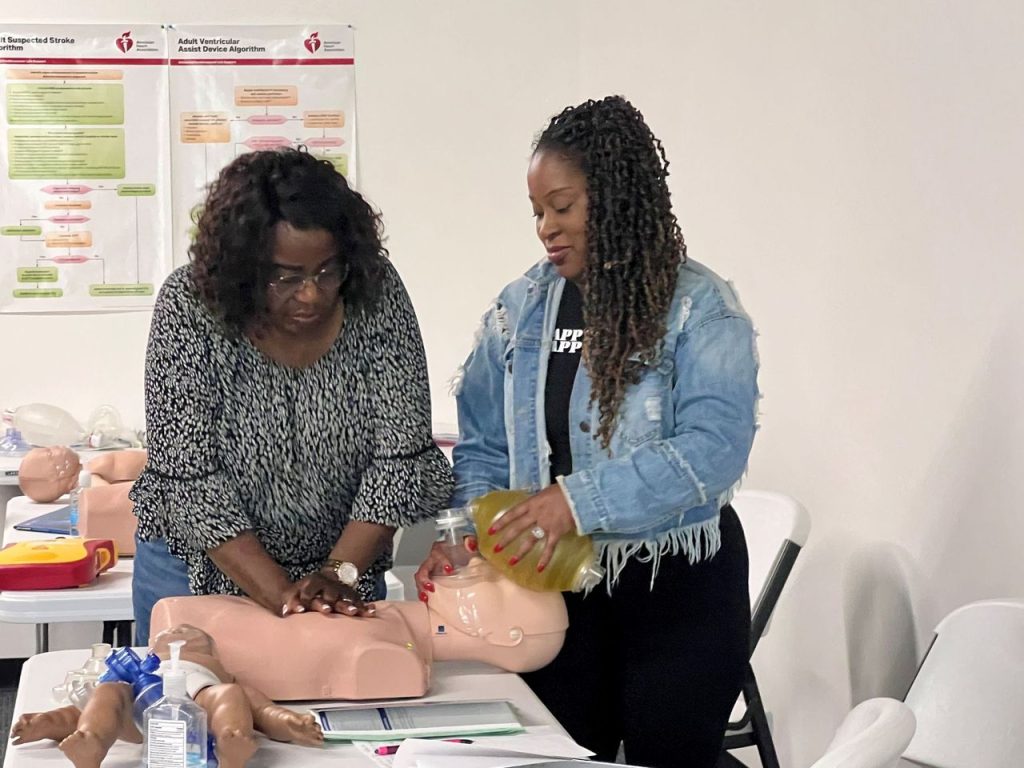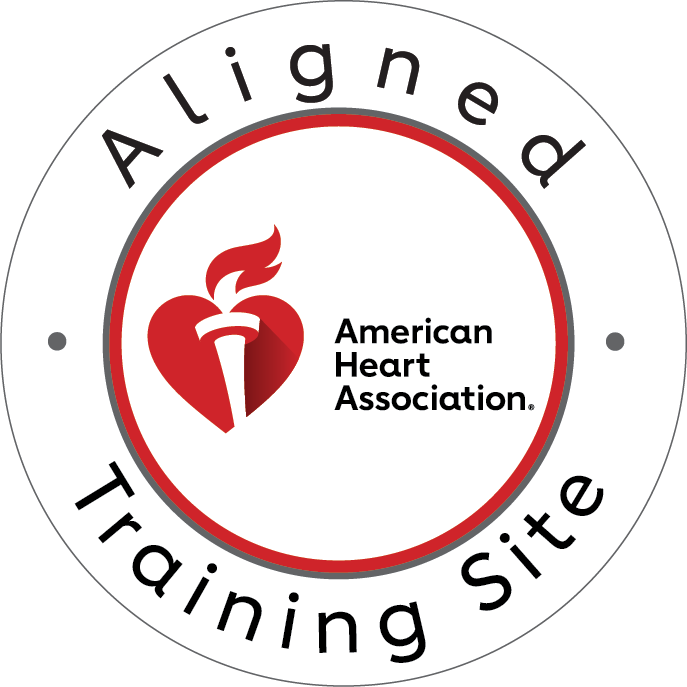Staying updated with the latest CPR guidelines is essential for healthcare providers. These guidelines, developed through rigorous research and expert consensus, ensure that providers use the most effective techniques to save lives. Recent changes to the CPR guidelines have introduced new recommendations and modified existing practices, making it crucial for all healthcare professionals to familiarize themselves with these updates.
Overview of CPR Guidelines
CPR guidelines provide a standardized approach to resuscitation, ensuring that everyone follows the same protocols in emergencies. This standardization is critical because it minimizes confusion and increases the likelihood of successful outcomes. The guidelines are based on the latest scientific evidence, ensuring that healthcare providers use the most effective and efficient techniques available.
Standardization
Having a consistent approach to CPR helps create a unified response across different settings and providers. Whether in a hospital, clinic, or community setting, the standardized guidelines ensure that everyone is on the same page, reducing variability in patient care. This consistency is vital in emergencies, where every second counts.
Evidence-Based Practice
The development of CPR guidelines involves extensive research and review. Experts in resuscitation medicine examine the latest studies and clinical trials to determine the best practices. These evidence-based guidelines reflect the current understanding of what works best in saving lives and improving outcomes during cardiac emergencies.
History of CPR Guidelines
CPR guidelines have evolved significantly since their inception. Initially, resuscitation techniques were rudimentary and not standardized. Over the decades, as our understanding of human physiology and emergency medicine has advanced, so too have the guidelines. Each update incorporates new research findings and technological advancements, continually improving the quality of care.
Major Past Updates
In previous updates, significant changes have included the introduction of chest compressions as the primary focus of CPR, the refinement of compression-to-ventilation ratios, and the increased emphasis on early defibrillation. These changes were driven by evidence showing that these techniques significantly improve survival rates. Understanding the history of these updates helps contextualize the latest changes and their importance.
The Latest Changes in CPR Guidelines
The most recent CPR guidelines have introduced several key changes aimed at further improving patient outcomes. These include updated recommendations for compression depth and rate, revised protocols for ventilation, and new guidelines for the use of advanced airway devices. Additionally, there are updated recommendations for post-resuscitation care, emphasizing the importance of continuous monitoring and advanced interventions.
New Recommendations
- Compression Depth and Rate: Adjustments to the recommended depth and rate of chest compressions to optimize blood flow and improve survival rates.
- Ventilation Protocols: Changes in the approach to providing rescue breaths, particularly in different age groups and clinical settings.
- Advanced Airway Devices: Updated guidance on the use of devices such as laryngeal masks and endotracheal tubes to ensure proper airway management during resuscitation.
Modified Techniques
Several existing techniques have been refined based on the latest research. For instance, the guidelines now provide more specific instructions on the use of automated external defibrillators (AEDs) and the integration of CPR with defibrillation efforts. These modifications aim to enhance the efficiency and effectiveness of resuscitation efforts, ultimately increasing the chances of survival and recovery.
As healthcare providers, staying informed about these latest changes is not just beneficial but essential.
The Latest Changes in CPR Guidelines
Understanding the rationale behind the latest changes in CPR guidelines helps healthcare providers appreciate the importance of these updates and how they can improve patient outcomes. The new guidelines are driven by extensive research and expert consensus, reflecting the most current and effective practices in resuscitation.
Research Findings
The changes in the CPR guidelines are based on the latest scientific research and clinical trials. Studies have shown that specific modifications, such as adjusting compression depth and rate, can significantly improve blood circulation and increase the chances of survival in cardiac arrest patients. For example, research indicates that deeper chest compressions, within a specific range, are more effective in generating adequate blood flow compared to shallower compressions.
Additionally, new research on ventilation techniques has led to updated recommendations. Studies have shown that providing rescue breaths at a certain frequency and volume can optimize oxygenation and carbon dioxide removal, which is crucial for patient survival and neurological outcomes.
Expert Consensus
The development of the new guidelines involved a rigorous review process by experts in resuscitation science. These experts analyzed the latest evidence and debated the merits of various techniques and approaches. The resulting consensus ensures that the guidelines reflect the most effective and practical recommendations for healthcare providers.
Impact on Training
The latest changes in CPR guidelines have significant implications for training programs. CPR training providers, such as CPR Memphis, have updated their courses to incorporate the new guidelines. These updates ensure that healthcare providers receive the most current and relevant training, preparing them to perform CPR effectively in line with the latest evidence.
Hands-On Practice
Incorporating the new guidelines into hands-on practice is essential for skill retention and proficiency. CPR training programs now emphasize the updated techniques during practical sessions, allowing participants to practice and perfect the new recommendations in a controlled environment. This hands-on approach helps build muscle memory and confidence, ensuring that healthcare providers can perform CPR effectively under pressure.
Clinical Implications
The updated CPR guidelines have several practical implications for healthcare providers in clinical settings. For instance, the revised recommendations for chest compression depth and rate require providers to adjust their technique to ensure optimal blood flow. Similarly, the new ventilation protocols necessitate changes in how rescue breaths are administered, particularly in different patient populations such as adults, children, and infants.
Enhanced Patient Outcomes
By adhering to the latest CPR guidelines, healthcare providers can significantly improve patient outcomes. The updated techniques are designed to enhance the effectiveness of resuscitation efforts, increasing the likelihood of survival and reducing the risk of complications. For example, the use of advanced airway devices as per the new guidelines can ensure better airway management and ventilation, which is critical during resuscitation.
Ongoing Education and Adaptation
Staying current with CPR guidelines is an ongoing process. Healthcare providers must continuously update their knowledge and skills to keep pace with the latest recommendations. Participating in regular refresher courses and advanced training programs, such as those offered by CPR Memphis, is crucial for maintaining proficiency and ensuring the highest standard of care.
Implementing the New Guidelines in Practice
Revised Courses
CPR Memphis has updated its training programs to reflect the latest CPR guidelines. These revisions ensure that healthcare providers receive comprehensive and up-to-date instruction on the new techniques. Courses now include detailed explanations of the changes, hands-on practice sessions, and opportunities for participants to ask questions and receive feedback.
Hands-On Practice
Practical training is a core component of CPR Memphis’s approach. The updated courses emphasize hands-on practice, allowing participants to apply the new guidelines in simulated scenarios. This practice helps reinforce the updated techniques and ensures that participants are prepared to perform them confidently in real-life situations.
Resources for Healthcare Providers
To support the transition to the new guidelines, CPR Memphis provides access to detailed summaries and full documents of the latest CPR guidelines. These resources offer healthcare providers a comprehensive understanding of the changes and the evidence behind them.
Continuing Education
CPR Memphis also offers opportunities for continuing education and advanced training. These programs help healthcare providers stay current with the latest developments in resuscitation science and ensure that they maintain their skills and knowledge over time.
Common Challenges
Adapting to new guidelines can present challenges, such as unlearning old techniques and mastering new ones. Healthcare providers may also face logistical challenges in updating training programs and ensuring that all staff are adequately trained.
Strategies for Adaptation
To overcome these challenges, healthcare providers can use several strategies. Regular practice sessions, participation in refresher courses, and accessing online resources can help reinforce the new guidelines. Additionally, fostering a culture of continuous learning and improvement within healthcare teams can ensure that everyone stays up-to-date with the latest recommendations.
CPR Memphis: Leading the Way in Training
CPR Memphis is a premier American Heart Association training site, offering a wide range of certification courses tailored to healthcare providers. Their offerings include Basic Life Support (BLS) for Healthcare Providers, Advanced Cardiovascular Life Support (ACLS), Pediatric Advanced Life Support (PALS), as well as CPR and First Aid courses.
CPR Memphis provides both initial certification and renewal courses, ensuring that healthcare providers at all levels can access the training they need. The courses are designed to be stress-free and hands-on, focusing on practical skills and real-world application.
CPR Memphis prioritizes creating a supportive and non-intimidating learning environment. Their experienced instructors focus on building participants’ confidence and competence through positive reinforcement and constructive feedback.
Hands-on training is a cornerstone of CPR Memphis’s methodology. Participants engage in extensive practice using mannequins and other training tools, simulating real-life scenarios to reinforce their skills.
Success Stories and Testimonials
CPR Memphis has numerous success stories from individuals and organizations that have benefited from their training. Testimonials highlight the effectiveness of their hands-on, supportive approach, and the real-world impact of their training programs.
Conclusion
Staying updated with the latest CPR guidelines is essential for healthcare providers. The recent changes reflect the most current research and expert consensus, ensuring that resuscitation techniques are effective and evidence-based.
Healthcare providers should proactively update their CPR certification to align with the latest guidelines. Enrolling in CPR certification in Memphis at CPR Memphis ensures you receive the highest quality training in a supportive environment. Don’t wait until it’s too late—join Memphis’s best CPR certification program and be prepared to save lives.
The ability to save a life is an invaluable skill. By choosing comprehensive CPR certification in Memphis with CPR Memphis, you enhance your capabilities and contribute to a higher standard of care in your community. Start your training today and be ready to make a meaningful difference.





